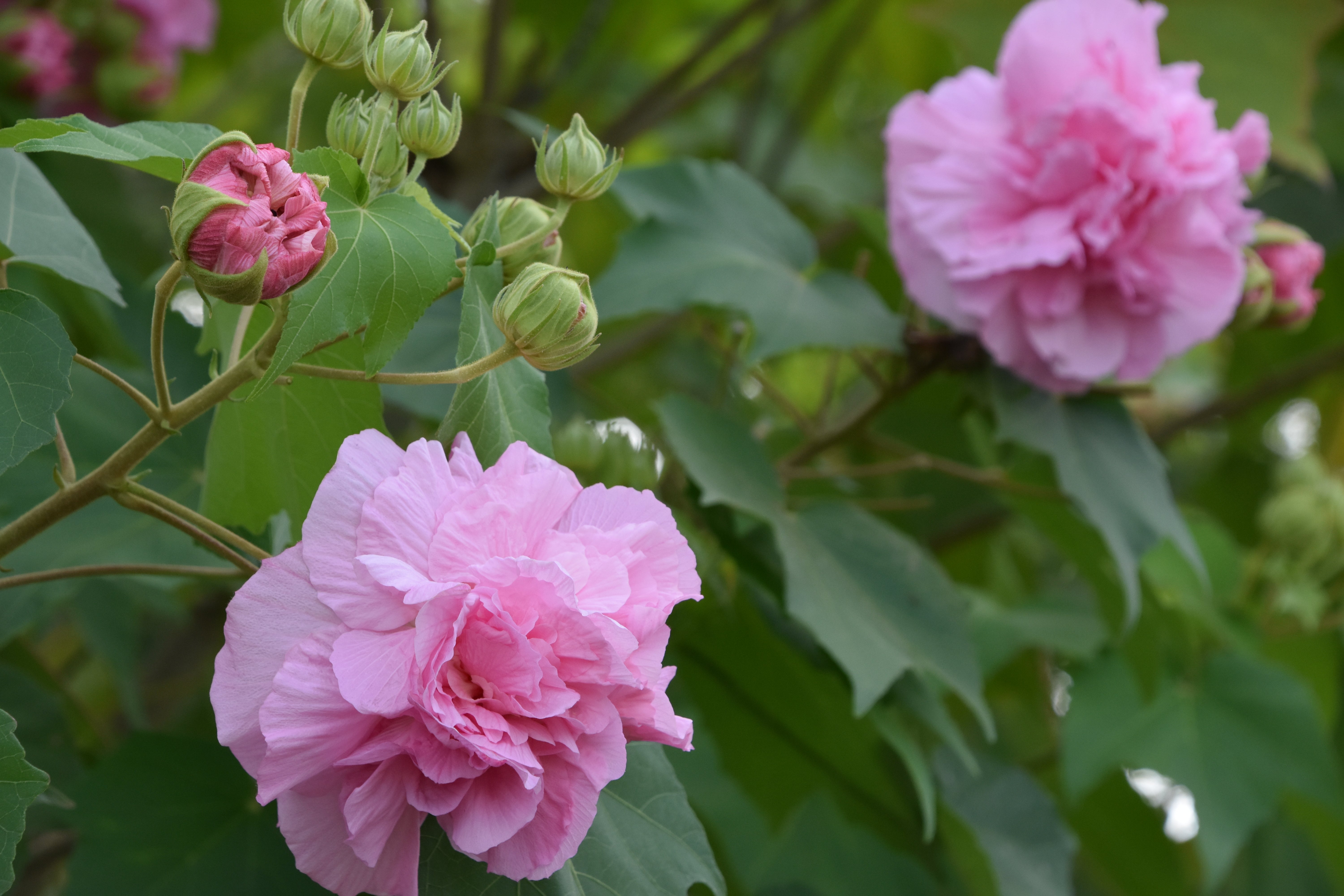Showy Confederate rose is great for landscape blooms
Published 2:19 pm Monday, October 11, 2021
By Gary R. Bachman
MSU Extension Service
Gardening in October brings many opportunities to change up the landscape for the cool season. But before we focus on pansies, violas and snapdragons, one of my favorite flowering landscape shrubs is just starting to show off.
Confederate rose, known botanically as Hibiscus mutabilis, has begun its display of pretty pink flowers. I love the fact that the flowers — only open for a single day — exhibit color changes throughout that day.
The flowers begin to open very pale pink, turning pink and then dark pink to almost red by the end of the day. On a typical day, there are loads of flowers in varying shades of white, pink and dark pink.
But don’t despair over the blooms lasting for just one day. This shrub produces literally hundreds of flower buds to enjoy for the fall season.
The flowers are pretty big, sometimes reaching more than 6 inches across. There are selections that produce single flowers and double flowers.
This flowering shrub can be quite large in the South. At my office in Biloxi, our specimens are over 10 feet tall. In areas that get a hard freeze, Confederate roses freeze back to the ground and then come back as a multistem shrub each spring.
These plants tolerate a severe pruning to control their growth. Cut them back to about 6 inches in late winter to help maintain them as a smaller stature shrub.
Despite Confederate rose being a popular choice for Mississippi landscapes and gardens, few are to be found in garden centers. You could always ask a garden center to source plants for you, but you really don’t need to go that far.
Confederate rose is a classic, Southern pass-along plant. This shrub roots very easily without any special equipment.
Collect pencil-sized branches about 8 inches long, and strip off most of the leaves. Put these cuttings, leaf end up, in a half-filled bucket. Keep the bucket out of direct sunlight and wait. In about six to eight weeks, some will have sprouted roots and be ready to transplant into a container.
If you have a neighbor who has a Confederate rose in his or her landscape, ask if you can collect a few cuttings. That’s why it’s called a pass-along plant.
I collected about a dozen cuttings this morning from our specimens at the Coastal Research and Extension Center. I’ll share the results on Southern Gardener social media. I’m keeping my fingers crossed.
Confederate rose has a few other common names: cotton rose, cotton rosemallow or Dixie rosemallow. The reference to cotton makes sense, as the flower buds are round like cotton flower buds, and the wide-lobed foliage also looks like cotton leaves. Additionally, hibiscus, cotton, okra and cacao are all members of the Malvaceae plant family.
But whatever you call it, Confederate rose is one flowering shrub that thrives in our Mississippi gardens and landscapes. If you don’t already have one in your yard, find a friend who can share theirs.






